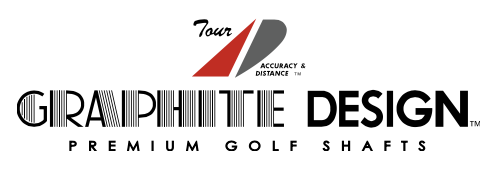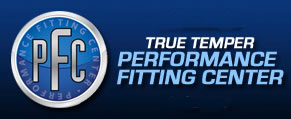LEARN BY FEEDBACK
KINEMATIC BIOFEEDBACK is the most effective way of learning and refining a golf swing. Key elements in this approach are based on understanding the mechanics of the golf swing and how complex motor skills are learned.
Understanding the mechanics of the golf swing comes from analyzing the performance of the best golfers in the world -- men and women on the professional tours. The most effective ball strikers have mechanics in common to generate an efficient transfer of energy through the swing from the lower body to the upper body to the hands and club.
Study of this movement without regard to the force applied (kinematics) shows there is an optimum sequence and timing of how the hips, shoulders, and hands move in every style of swing for each individual golfer. In other words, whether you swing the club slow or fast, and irrespective of the style or technique used to swing the club, the way you move each major segment of your body through the downswing (and the transition from backswing to downswing) is essential to maximizing distance and accuracy.
Learning how to move your body efficiently is where traditional golf instruction runs into difficulty. The classic approach is repetition of movements that do not translate sufficiently well into success on the course. The acid test of good instruction is whether or not your scores trend lower. If you are not achieving lower scores and a more enjoyable golf experience, then the benefit of the instruction is suspect.
MOTOR LEARNING of golf skills is different than cognitive learning about the swing. In other words, developing accurate muscle movements in a smooth and efficient pattern is not the same as learning facts and images. Different brain centers and neural pathways are involved. Motor learning depends on neural activities in the cerebellum, basal ganglia, and the brain stem. Motor neurons innervate one or more muscle cells to form a motor unit. The actions of large numbers of motor units must be coordinated to develop an efficient golf swing. The challenge to us as golfers is learning how to do it efficiently. The end result -- lower scores -- is the test of success.
In motor learning we know that some form of repetition is essential, and that some form of feedback is critical. The problems are: what kind of repetition and what kind of feedback? And where do you get that information -- what is the documented skill of the source? We distinguish between learning how to swing efficiently and learning swing techniques or styles. It's a critical difference that is easily misunderstood. The best sources for knowledge on motor learning that we've found come from the acedemic world of neurophysiology, and the best applications of biofeedback to learning the golf swing come from the Titleist Performance Institute and from K-Motion Inc.
A key feature of motor neuron pathways is that they are relatively permanent. Once your motor units have established a functional pattern, it's with you for a long time and it's difficult to change it. Here's an example: if you learned to ride a bicycle when you were young but then didn't ride one for a decade or more as you grew older, you can get back in the saddle and be reasonably good as riding in a very short time.
Extrapolating to golf, once you learn a method of swinging a golf club, that motor pathway is part of you. To change it, you need help -- as in K-Vest feedback help. Feeling and visualizing the optimum positions in your swing provides you the tools needed to modify the old pathway or establish a new efficient pathway. It's difficult to make changes at this level on your own. It's a big part of the reason why permanent change is difficult to achieve from traditional lessons without the help of Kinematic feedback.
Effective practice routines based on randomness are an essential part of motor learning. K-Vest biofeedback reinforces the benefits gained from random practice. With the K-Vest 3D motion capture system, positions in the golf swing can be learned from direct visual and audible feedback. Settings can be customized to complement and extend your natural range-of-motion. Guesswork is eliminated. Fringe theories are outweighed by the evidence from pro swings you can visualize and know. Your results can be compared to a large database of recognizable professional golfers of demonstrated skill. You have a tested and proven guide for developing a plan to work on your swing mechanics.









